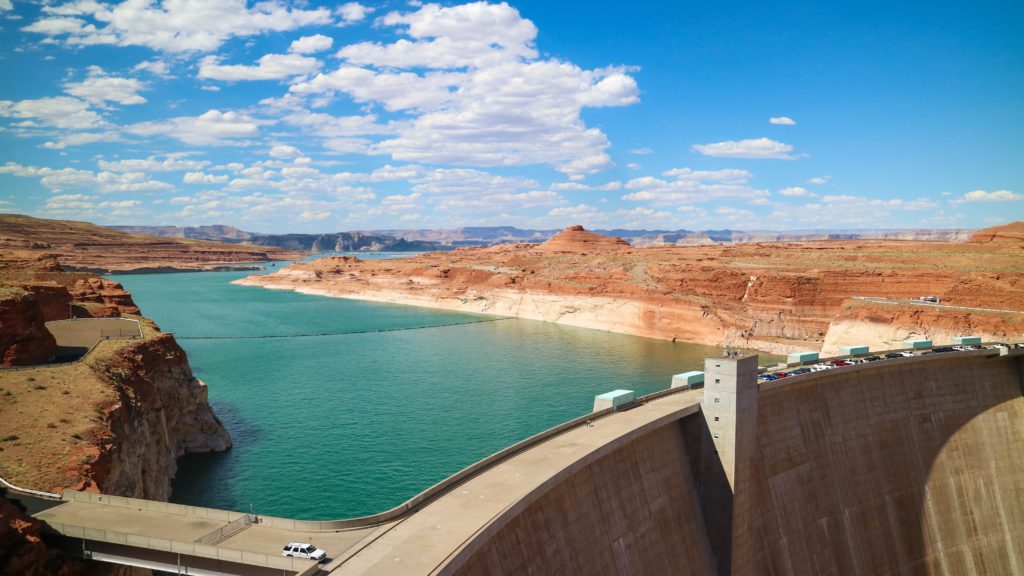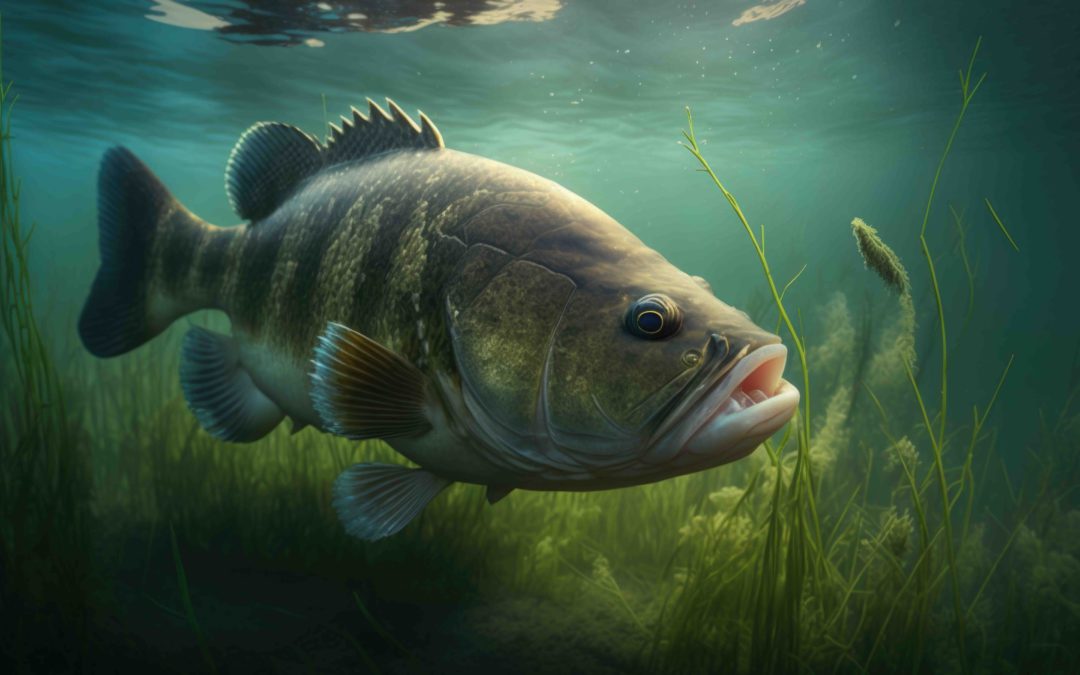The Bureau of Reclamation is accepting public comment until March 10, 2023 on potential flow releases out of Glen Canyon Dam to the Colorado River. Submit a comment below to let BOR know we do not support any experimental releases that have a weak basis in science.
Over recent years, there have been very few smallmouth bass found along the Colorado River. The smallmouth bass, which is labeled as an invasive fish, rarely can get past the dam into the river in the first place. BOR has proposed 4 alternative water release strategies through the Glen Canyon Dam/Smallmouth Bass Flow Options Draft Environmental Assessment with the hopes to cool the water down in the Colorado with flow spikes and cold water shocks to prevent spawning of smallmouth bass. A native Fish, called the Humpback Chub lives in portions of the Colorado and Little Colorado river. Smallmouth bass is a predator to the chub.
“Smallmouth bass were first detected below GCD (Grand Canyon Dam) in April 2003 and April 2004 when, an adult and a juvenile, respectively, were captured within 5 miles of the base of the dam, likely a result of illegal stocking at Lees Ferry or passage through the dam. In summer 2022, some smallmouth bass were found at the -12-mile slough (including fish < 20mm in total length), and over 250 juveniles were found throughout the Glen Canyon reach over the next few months.”

There has not been sufficient evidence to prove spawning is an imminent and catastrophic threat. It seems as though BOR is using an endangered species as a way to politicize releases from GCD. We do not need a solution to a problem that doesn’t entirely exist. Even with a potential threat to an endangered species, BOR needs to also be analyzing the socioeconomic effects of these proposed releases.
The reason for the proposal is the hope to keep water temperature levels below the dam cool enough to prevent spawning. Ultimately if BOR wants to keep water temperature levels low, the best long term solution is to maintain a higher water level in Lake Powell so that releases are not so warm. BOR needs to seriously consider our Path to 3588′ Plan. The goal is for the river temperature to stay 60 degrees and below. However, every fishing source suggests that cooler temperatures actually aide in the spawning of smallmouth bass: “Typically the ideal prespawn water temperature for smallmouth is in the upper 40s to upper 50s – approximately 48-58 degrees.” On the flip side, according to the National Park Service the Humpback Chub, the endangered species that they are legally obligated to protect need a temperature of at least 61 degrees to spawn.
At the end of the day the draft environmental assessment simply doesn’t add up. There isn’t adequate analysis showing how these releases will effect other water users. Spawning isn’t necessarily occurring and creating this massive problem that BOR is trying to solve. Due to current precipitation water levels should rise making the low water levels and warmer temperature problems non-existent for the 2023 season. Smallmouth Bass will spawn regardless, even in temperatures lower than the goal temp. Humpback Chub will reproduce better, providing more offspring in warmer temperatures. There is conflicting data and science which means there isn’t a clear path on how to best protect the Humpback Chub. Best available science doesn’t show that these experimental releases and flows will protect the species therefore BOR should hold off on this EA and not implement a decision this 2023 season.







Releasing badly needed water supply for experimental reasons is non-scientific and detrimental to not only the need for water, but businesses that rely on lake tourism to survive.
This is ridiculous and reckless government garbage.
Stop mismanaging water by releasing so much more than necessary! This practice must change for the good of everyone. We need people with some common sense to take charge and throw out the old water contracts now! This serves no one and is a waste!
3588
Please refill Lake Powell for the greater good of the Humpback Chub. And Lake Powell itself.
Fill the lake 3588
Fill lake powell to 3588!!
Fill the lake! Stop releasing water.
Fill Lake Powell!
We all should be supporting the lake level of 3588. It’s our lively hood
Please fill Lake Powell!! 3588
Fill lake Powell!!!!!